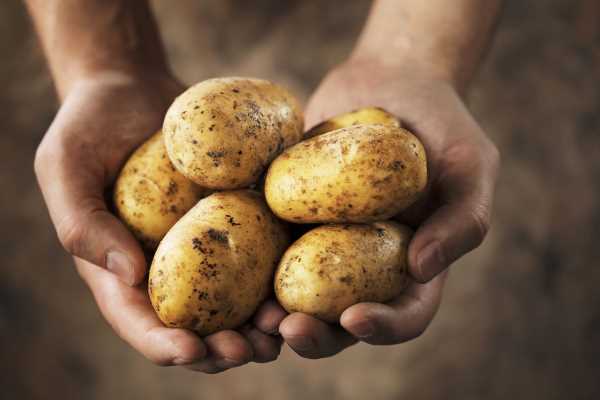Agricultural scientists are testing in Kenya a paper made from banana fibre on how it can work to combat nematodes, type of roundworms, that feed on potato roots and live in the soil.
Estimates in the East African region show that at least US$127 million worth of losses are attributed to the nematodes alone in Kenya annually.
Potatoes have become an essential crop in this region, both as food and the growth of the regional economy.
In Kenya, potatoes contribute over US$500 million to the economy per year, employing over 2.5 million.
However, although potato growing is increasing, productivity is declining, due to various factors including potato cyst nematodes.
As a result, two agricultural scientists, Danny Coyne, from the International Institute of Tropical Agriculture (IITA) and Solveig Haukeland, from International Centre of Insect Physiology and Ecology, may have found a solution to the menace created by the nematodes through the use of banana paper.
“Potatoes can be wrapped in a ‘banana paper’ that we devised, at planting to protect them from the worms. The paper is made from fibre waste from harvested bananas which would otherwise have been discarded,” the scientists said.
“In East Africa, bananas are plentiful – and therefore – so will be the fibre waste. “Potato cyst nematodes are soil dwelling and seek out plant roots to feed on once potatoes are planted. They are so-called because the female becomes filled with her brood of eggs inside her body which, upon maturity, is referred to as cyst.”
According to Coyne and Haukeland, to combat these nematodes, they tested a paper made from banana fibre in Kenya, and it worked.
The seed potatoes are enclosed or wrapped in the “banana paper” at planting, which protects the plant from the worms.
“The special combination of the substances that make-up the ‘banana paper’ (the ‘lignin’ and the ‘cellulose’) which allows us to apply tiny amounts of chemical nematicides, a type of chemical pesticide used to kill nematodes. “These are slowly released as the paper naturally deteriorates. The potato seed tuber, enclosed in the treated banana paper, is protected by the postictal activity over time, but with minimal dosages that reduce environmental contamination.”
The agricultural experts added that the idea is the nematodes are killed by the pesticide before they infect the potato roots.
“However, by chance, the same ligno-cellulose make-up also absorbs the chemical signals from the potato roots that the nematodes require to hatch from the eggs and locate roots. If the juvenile nematodes are unable to find their host roots their energy reserves quickly deplete and they die.
This means that even without any treatment, the paper is still very effective.”
The two scientists said research was also underway to assess the use of the banana paper on other crops such as yam, cassava, and sweet potato against other nematode pests like root knot, and lesion.
“To make this a reality, there is need to demonstrate the local production of the banana paper in East Africa. We are encouraged that a local paper manufacturer has indicated that this is viable.
“It is also necessary to expose the technology to farmers, to create awareness of the potential product. Farmers and agricultural staff and researchers first need to be cognisant of the potato cyst nematode pests themselves and why they need to be controlled.”
The scientists added: “It’s been a very exciting find as banana paper could offer a realistic mechanism for managing nematode pests, and potentially other difficult-to-manage diseases and disease complexes of crops.”









